Light audit
according to ISO 3664:2009
What does a light audit do?
IPM Light Audit – Colour-compliant sampling and reliable assessment
To ensure that complaints are not given the opportunity to arise, customers simply need to be happy with the printed results.
The IPM audit provides you with the necessary recommendations for you to sustainably optimise the lighting situation in your company
Why is a lighting audit useful?
Despite a largely industrial and standardised production process, and despite the fact that the finished print products match the proof (in measuring technology terms), printing service providers are constantly faced with the problem that the printed products look very different in the eyes of their customers than how they imagined they would when they were being created. It is always the (colour-) correct lighting that determines how your customers perceive printed products.
The IPM light audit will help you to ensure truly effective colour communication. Our experts ensure that your standard light corresponds to the applicable quality criteria, that ambient lighting does not have too great an influence on the lighting situation in the standard light booth, and also that the best sources of light are present in the offices and meeting rooms where proofs are viewed and print products are scrutinised.
What influence does the light have?
Light has a considerable influence on the quality of visual matching and colour communication. The right lighting therefore constitutes an important criterion for success that should not be under-estimated.
IPM Light Audit according to ISO 3664:2009
You want to learn more?
Simply request comprehensive information on the IPM lighting audit now!

How does the IPM lighting audit work?
The IPM lighting audit includes the following points:

Inventory of the matching stations as per ISO 3664:2009
Measuring technology evaluation of the lighting situation in matching areas. This includes the standard light and the ambient light, since even a 10% to 20% amount of extraneous lighting is enough to noticeably deteriorate the colour reproduction properties of a print product.
Phase 2
Advice on handling optically brightened media (OBA and UV elements):
Function: the human eye can only perceive a tiny fraction of the electromagnetic spectrum of light,
which is expressed in wavelengths (nanometres). This part of the spectrum is known as the visible spectrum and lies between 380 nm (ultra-violet limit) and 780 nm (ultra-red limit).
Optical brighteners are molecules that absorb electromagnetic rays of between 300 and 400 nm (outside the visible spectrum) and reflect them back in the visible spectrum of between 400 and 500 nm (towards blue). This phenomenon is referred to as fluorescence.



Lighting technology analysis of general lighting as per the Workplace Ordinance (ASR A3.4 and DIN EN 12464-1):
Measuring technology analysis of the light in offices, meeting rooms and printing halls, where proofs and print products are observed and evaluated with the customer independently of the matching process.
Phase 4
Investment advice:
Every one of us is obliged to act sustainably, meet the requirements of climate protection and meet budget targets. If you are considering the idea of investing in a new lighting system, we will ensure that your investment is no lottery. This is because an understanding of the overall running costs.


5. Inspections with professional lighting evaluation and proposals for a conversion concept:
Once the evaluations are complete, you will of course receive a comprehensive report offering recommendations as well as possible alternatives, costs and benefits.


